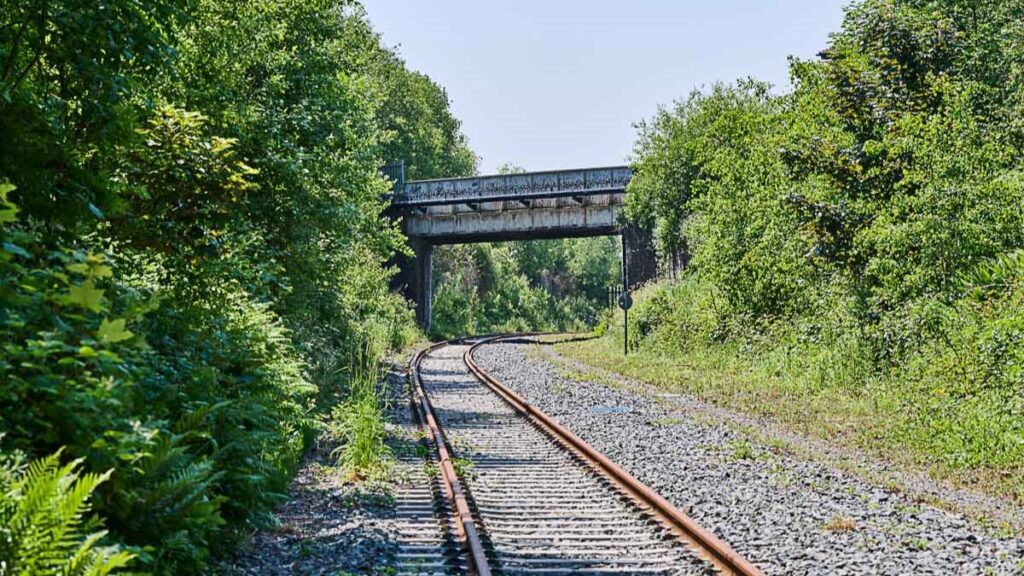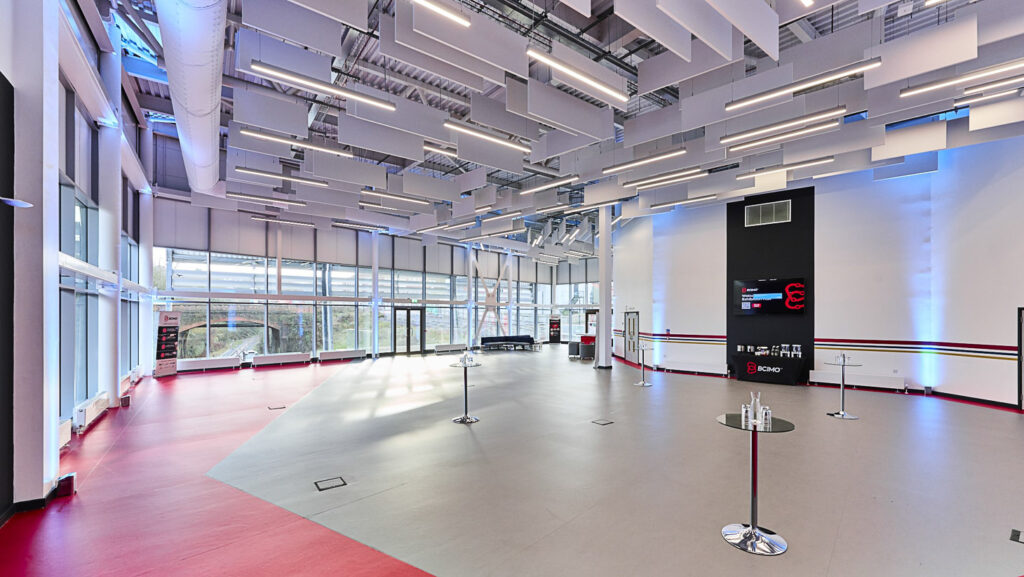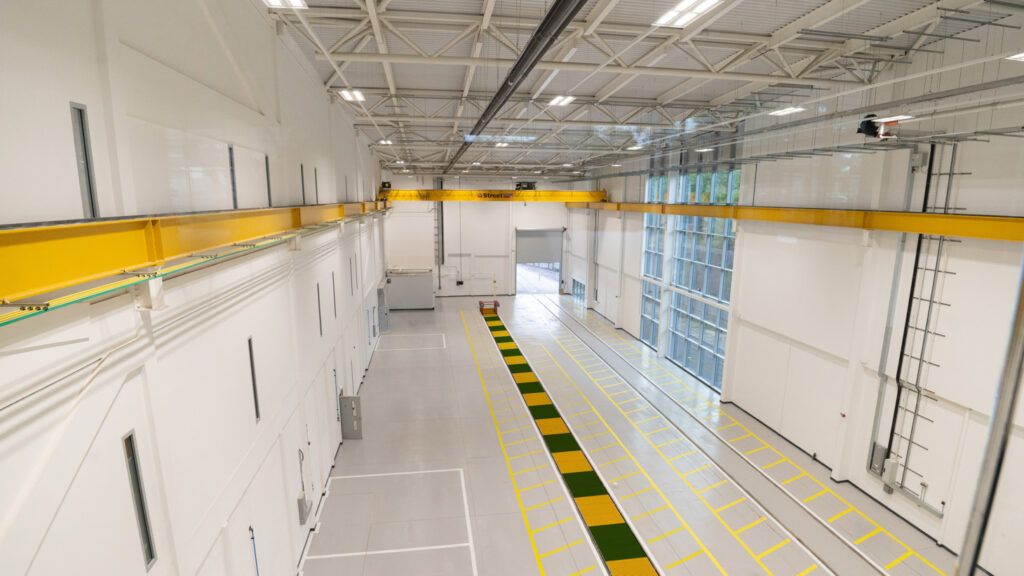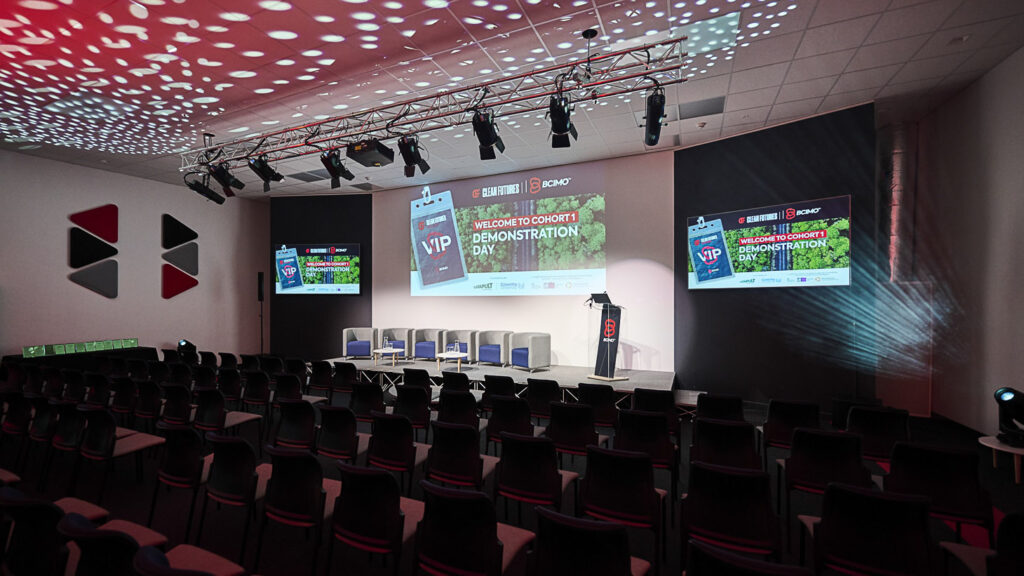In the two years since the Very Light Rail National Innovation Centre (VLRNIC) opened its doors, rather a lot has happened. Both the technical and commercial facilities on site have been developed, new products and services have been launched and, more so, flourished. But, having been asked about the scope of work at BCIMO, the team wanted to offer a gentle reminder that although ‘very light rail’ was its original raison d’être, the VLRNIC ‘does’ heavy and light rail too!
For those new to the rail industry, one of the first things that strikes you is its complexity, from understanding the relationship between infrastructure managers and service operators – including changes now on the horizon – and the interaction of passenger and freight services, to the sheer scope of everything that goes into building a system, maintaining it, upgrading it, and running it. ‘Heavy rail’ is what most people know as ‘trains’, but light rail systems, often known as trams, are part of the industry too and, more recently, the development of ‘very light rail’ has broadened the definition of the sector further.

The VLRNIC was designed as a hub to facilitate that development but, in practice, its complex rail environment encompasses a variety of features which are relevant to the broader industry. For example, the 2.2km test track is standard gauge and has features such as sidings and buffers, plus two platforms which can accommodate both heavy and light rolling stock, and a multimodal transport mobility hub. Built on the site of the historic Dudley Station, it also kept key original Victorian features such as arched retaining walls, a high four-lane road bridge and, most notably, the 870m long ‘Dudley Railway Tunnel’. This is a unique brick structure with internal track and a sweeping mid-way curve eliminating line of sight, and complete with diverse natural ecosystems and urban / industrial landscapes along the track and embankments on either side.
Inside the landmark 21st century building is a vast engineering hall with two internal tracks – one with inspection and maintenance pit – and access to a range of equipment including overhead crane, lifting jacks and electric shunter. It also houses a series of adjacent laboratories, which can be equipped by clients as per their needs; for example, current users have installed rail-specific systems as training and testing facilities, in combination with their more extensive work out on the track. On the first floor is a suite of office space which can be hired for long-term use and, on the second floor, a range of hireable meeting rooms alongside the impressive 245m2 exhibition hall and adjoining fully equipped 130-seater auditorium, both of which are also flexible in layout to accommodate client events, with additional services such as catering available.


As partner in delivery of the highly successful Clean Futures programme, which focuses on green innovation within the regional transport sector, BCIMO offers the perfect environment in the VLRNIC’s comprehensive facilities to deliver that for rail… and again, across all aspects of rail.
Indeed, innovations that have been developed within the six-month accelerator programmes have been predominantly heavy rail focused, with others adaptable for light and/or very light rail applications. Across the two cohorts to date, these have included new infrastructure materials and construction processes, including metals, concrete and composites; power generation and supply across vehicle propulsion, auxiliary systems and trackside construction; vehicle efficiency, including aerodynamics and emissions; passenger environment, facilities and communications; and positioning and signalling systems – more detail of each is within Cohort 1 and 2 profiles.
The first year of Clean Futures also included a SME collaboration project focused on ‘last mile delivery’, combining innovations across freight movement, rapid loading and onward logistics, and this will focus on ‘systems’ will continue not only within the second year of the project but also within plans for future accelerators and demonstrators. These include looking more in depth at the last mile concept, the potential for hydrogen within rail and the role of autonomous vehicles within multimodal systems, although further industry and cross-sector challenges and opportunities are being considered, alongside the potential for BCIMO to design and deliver bespoke innovation accelerators for industry stakeholders.
 Its comprehensive range of facilities also means that the VLRNIC is an ideal venue for combined technical and commercial events in which, for example, clients could hold a presentation-style aspect in the auditorium, with displays adjacent in the exhibition hall, practical demonstrations down on the track and follow up discussions in the meeting rooms – such a format has already been successfully adopted for the Clean Futures ‘demonstration days’. Opportunities to explore the VLRNIC and its full range of facilities, including discussions with members of the BCIMO team on the support available to clients across the portfolio of work, are also accessible via monthly facility tours for professionals across the rail sector, which can be booked on Eventbrite.
Its comprehensive range of facilities also means that the VLRNIC is an ideal venue for combined technical and commercial events in which, for example, clients could hold a presentation-style aspect in the auditorium, with displays adjacent in the exhibition hall, practical demonstrations down on the track and follow up discussions in the meeting rooms – such a format has already been successfully adopted for the Clean Futures ‘demonstration days’. Opportunities to explore the VLRNIC and its full range of facilities, including discussions with members of the BCIMO team on the support available to clients across the portfolio of work, are also accessible via monthly facility tours for professionals across the rail sector, which can be booked on Eventbrite.
Neil Fulton, CEO at BCIMO, said: “The Very Light Rail National Innovation Centre is unique, world-class facility purpose built for the development of new and emerging technologies across the entirety of the rail sector, including heavy, light and very light rail. Over the past two years, we have welcomed a diverse range of clients from across the broad scope of the industry to our site here in the heart of the UK; we have hosted events to highlight the important role of transport in our economy, and are proud to have delivered programmes which have made real contributions to its future.”
Naomi Arblaster, Head of SME Development and project lead on Clean Futures, also said: “The facilities here provide an ideal environment for testing and demonstrating both transport innovations and systems, as already showcased within the incredible work of SMEs on the first two years of our highly successful Clean Futures programme. This VLRNIC site is perfectly suited to that complex development and testing process, whether on or off track, and to hosting a range of stakeholders, including industry innovators and manufacturers, allowing potential route-to-market partners to see both new technologies and interconnected systems.”
For more information on BCIMO or the VLRNIC, please visit the BCIMO website or click Contact Us to make an enquiry / sign up to our mailing list to make an enquiry.

